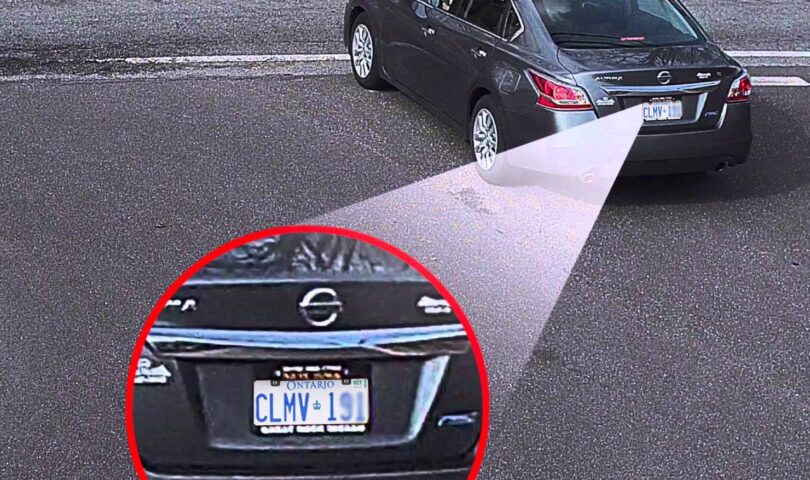Cameras monitored by Sault Ste. Marie Police Service will start scanning the licence plates of all vehicles entering and exiting the city via Highway 17 East and North later this year.
The move, police say, will make it easier to track suspect vehicles connected to activities such as human and drug trafficking and child abductions while saving on staffing costs when officers could potentially spend days watching for specific automobiles.
“We can really protect this community,” Chief Hugh Stevenson told The Sault Star following the meeting’s open session. “This saves significant amount of surveillance dollars. It saves a significant amount of investigative time.”
The cameras, to be based on Highway 17 near Garden River First Nation and near Sixth Line, will be installed in two to three months.They will operate constantly.
Only data from “vehicles of interest,” will be saved after 24 hours, said spokesperson Lincoln Louttit.
City police decide what plate numbers the automated licence plate readers should watch for. Licence plates of interest to other police departments can also be entered. Alerts are sent to officers when there’s a match.
“They would act accordingly depending on what the investigation is,” said Insp. Jody Greco during a presentation to Sault Ste. Marie Police Services Board on Thursday afternoon.
The location of the vehicle in the city could then be confirmed and a search warrant sought for the address.
Stevenson acknowledged drivers can try to obscure their plates, but they could face other charges if caught attempting to do so.
“The cameras are pretty good in terms of reading through different covers on the plates,” he said. “It’s reasonable to assume it’ll pick up as best it can.”
Mayor Christian Provnezano, who is a police board member, called the cameras “a fantastic initiative” that will help police services nationally.
“There aren’t very many ways to get across Canada without passing through here,” he said.
Greco told police board members the limited number of access points to the Sault is a rarity for a larger centre.
“Most cities have multiple entry points compared to Sault Ste. Marie where we have only two,” he said.
Anyone concerned about their loss of privacy should consider “if they’re not up to anything, there won’t be a problem,” said Provenzano.
He’s “confident” police will deal with information collected “properly.
“Whatever we’re giving up in a bit of the privacy … that pales in comparison to, I think, the deterrent effect of it and also the information that we’ll be able to gather and the people that need our help that we’ll be able to help because of having this information.”
Access to plates gathered is limited to investigative officers who entered licence plate data, said Stevenson.
“It’s not a free-for-all,” he said. “We have to have investigative reasons for accessing CPIC (Canadian Police Information Centre), for accessing any database.”
Using databases for personal use “is never done, and if it is, they’ll be sanctioned under the Criminal Code and the Police Services Act.”
Ontario Privacy Commissioner has approved the police department’s camera plan.
“Information will come in where we’ll spend a lot of money looking for very suspicious targets,” said Stevenson. “We’ll still do that, but a lot less now.”
A grant of about $29,000 from Ministry of the Solicitor General is covering about 45 per cent of the estimated cost of $65,000 for two cameras. The police department put aside cash in 2020 for the purchases.
City police already work with Canada Border Services Agency to review footage of interest from the International Bridge.
Police started using a licence plate reader on a marked SUV in early 2018. That reader’s focus is identifying Highway Traffic Act infractions.
- Laker Men’s Basketball Handle Kuyper 88-55 - December 23, 2024
- MYWAY Sault Bridge Brawl & NEMWA Regional Results - February 22, 2024
- Crawford County Prosecutor clears State Trooper in the fatal shooting of man earlier this month - February 23, 2023




